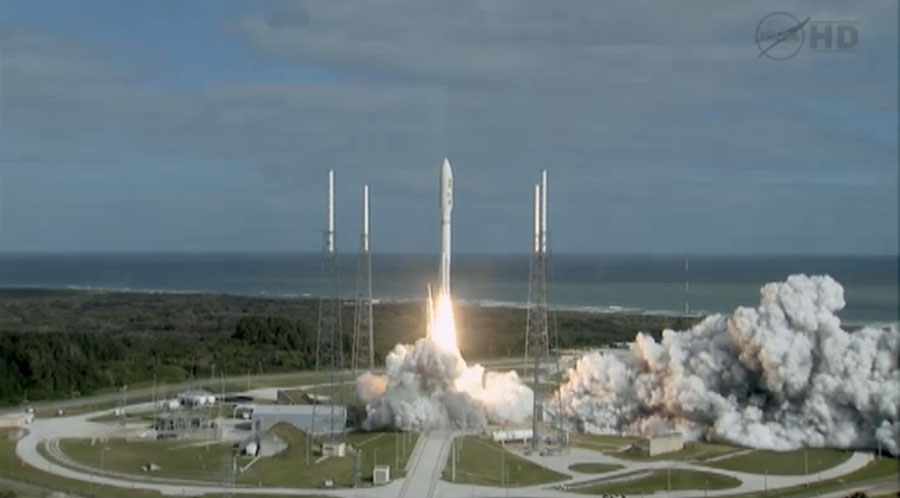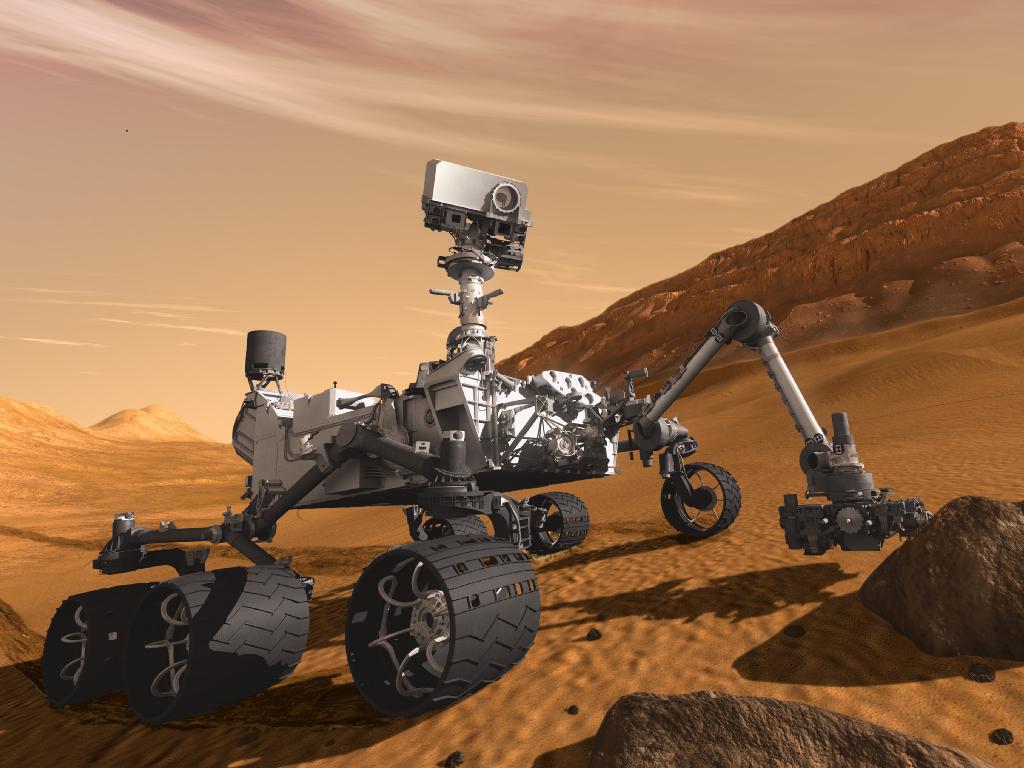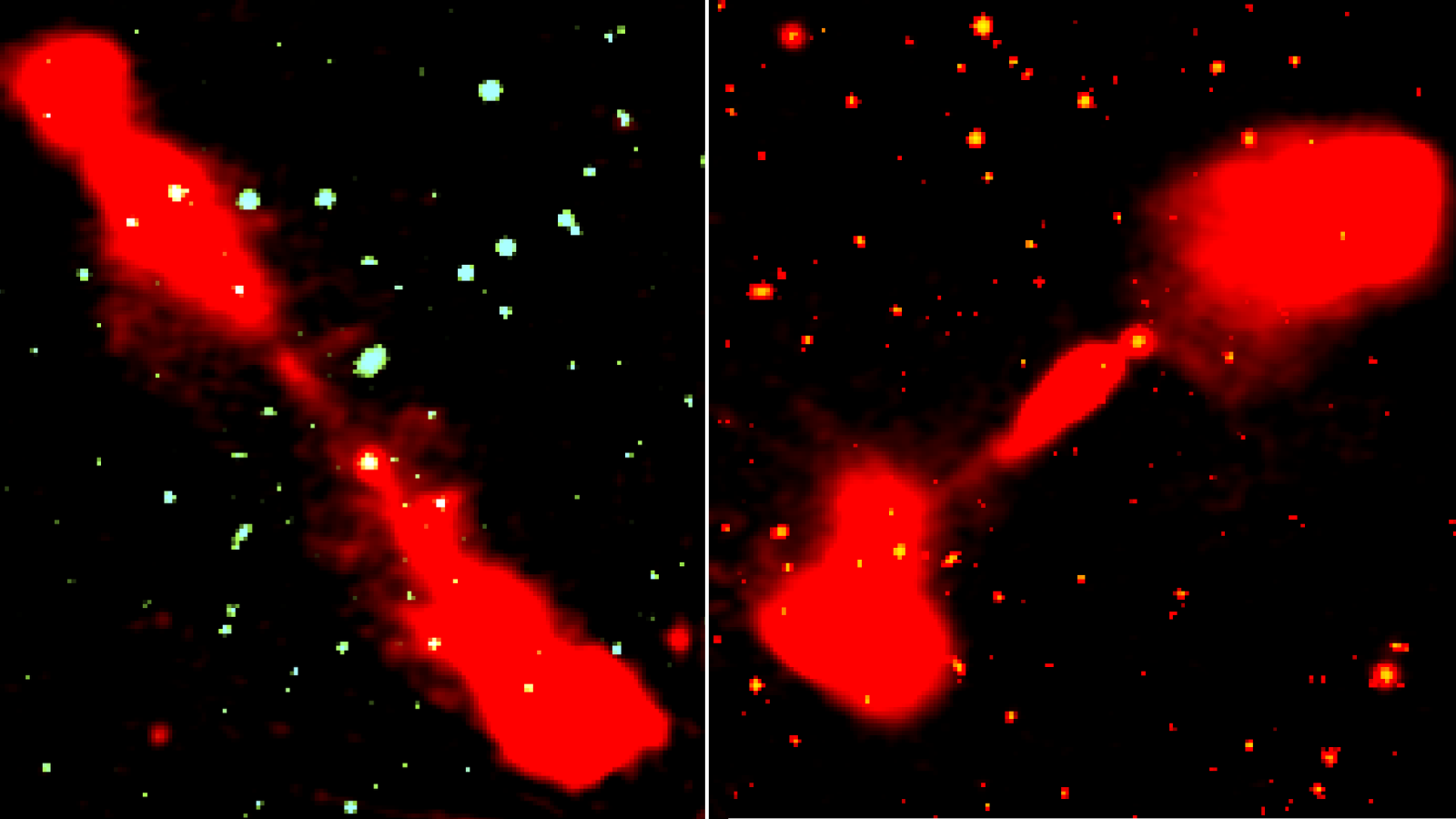Next Stop Mars! Huge NASA Rover Launches Toward Red Planet

This story was updated at 10:30 a.m. EST.
CAPE CANAVERAL, Fla. — NASA has launched its next Mars rover, kicking off a long-awaited mission to investigate whether the Red Planet could ever have hosted microbial life.
The car-size Curiosity rover blasted off atop its Atlas 5 rocket today (Nov. 26) at 10:02 a.m. EST (1502 GMT), streaking into a cloudy sky above Cape Canaveral Air Force Station here. The huge robot's next stop is the planet Mars, though the 354-million-mile (570-million-kilometer) journey will take 8 1/2 months.
Joy Crisp, a deputy project scientist for the rover at NASA's Jet Propulsion Laboratory in Pasadena, Calif., called the liftoff "spectacular."
"This feels great," she said as she watched the rocket lift off from Cape Canaveral. [Photos: Curiosity Rover Launches to Mars]
Pamela Conrad, deputy principal investigator for Curiosity's mission at Goddard Space Flight Center in Greenbelt, Md., said, "Every milestone feels like such a relief."
NASA expected around 13,500 people to watch the liftoff from Kennedy Space Center in Cape Canaveral, with many more viewing from surrounding areas, setting a record for the number of spectators watching an unmanned launch.
Breaking space news, the latest updates on rocket launches, skywatching events and more!
"It's a beautiful day," Conrad added. "The sun's out, and all these people came out to watch."
The work Curiosity does when it finally arrives should revolutionize our understanding of the Red Planet and pave the way for future efforts to hunt for potential Martian life, researchers said.
"It is absolutely a feat of engineering, and it will bring science like nobody's ever expected," Doug McCuistion, head of NASA's Mars exploration program, said of Curiosity. "I can't even imagine the discoveries that we're going to come up with."
A long road to launch
Curiosity's cruise to Mars may be less challenging than its long and bumpy trek to the launch pad, which took nearly a decade.
NASA began planning Curiosity's mission — which is officially known as the Mars Science Laboratory (MSL) — back in 2003. The rover was originally scheduled to blast off in 2009, but it wasn't ready in time.
Launch windows for Mars-bound spacecraft are based on favorable alignments between Earth and the Red Planet, and they open up just once every two years. So the MSL team had to wait until 2011.
That two-year slip helped boost the mission's overall cost by 56 percent, to its current $2.5 billion. But today's successful launch likely chased away a lot of the bad feelings still lingering after the delay and cost overruns.
"I think you could visibly see the team morale improve — the team grinned more, the team smiled more — as the rover and the vehicle came closer, and more and more together here when we were at Kennedy [Space Center]" preparing for liftoff, MSL project manager Pete Theisinger of JPL said a few days before launch.
A rover behemoth
Curiosity is a beast of a rover. At 1 ton, it weighs five times more than each of the last two rovers NASA sent to Mars, the golf-cart-size twins Spirit and Opportunity, which landed in January 2004 to search for signs of past water activity.
While Spirit and Opportunity each carried five science instruments, Curiosity sports 10, including a rock-zapping laser and equipment designed to identify organic compounds — carbon-based molecules that are the building blocks of life as we know it.
Some of these instruments sit at the end of Curiosity's five-jointed, 7-foot-long (2.1-meter) robotic arm, which by itself is nearly half as heavy as Spirit or Opportunity.
The arm also wields a 2-inch (5-centimeter) drill, allowing Curiosity to take samples from deep inside Martian rocks. No previous Red Planet rover has been able to do this, researchers say.
"We have an incredible rover," said MSL deputy project scientist Ashwin Vasavada of JPL. "It's the biggest and most capable scientific explorer we've ever sent to the surface of another planet."
Assessing Martian habitability
Curiosity is due to arrive at Mars in early August 2012, touching down at a 100-mile-wide (160-km) crater called Gale.
While the rover's launch was dramatic, its landing will be one for the record books, if all goes well. A rocket-powered sky crane will lower the huge robot down on cables — a maneuver never tried before in the history of planetary exploration. [Video: Curiosity's Peculiar Landing]
A giant mound of sediment rises 3 miles (5 km) into the Martian air from Gale Crater's center. The layers in this mountain appear to preserve about one billion years of Martian history. Curiosity will study these different layers, gaining an in-depth understanding of past and present Martian environments and their potential to harbor life.
Life as we know it depends on liquid water. So the rover will likely spend a lot of time poking around near the mound's base, where Mars-orbiting spacecraft have spotted minerals that form in the presence of water, such as clays and sulfates.
"Going layer by layer, we can do the main goal of this mission, which is to search for habitable environments, " Vasavada said. "Were any of those time periods in early Mars history time periods that could have supported microbial life?"
But if Curiosity climbs higher, its observations could shed light on Mars' shift from relatively warm and wet long ago to cold, dry and dusty today, researchers said.
"We want to understand those transitions, so that's why we're headed there [to Gale]," said Bethany Ehlmann of JPL and Caltech in Pasadena.
Setting the stage for life detection
Curiosity isn't designed to search for Martian life. In fact, if the red dirt of Gale Crater does harbor microbes, the rover will almost certainly drive right over them unawares.
But MSL is a key bridge to future efforts that could actively hunt down possible Martian lifeforms, researchers said. Curiosity's work should help later missions determine where — and when — to look.
"We don't really detect life per se," Vasavada said. "We set the stage for that life detection by figuring out which time periods in early Mars history were the most likely to have supported life and even preserved evidence of that for us today."
You can follow SPACE.com senior writer Mike Wall on Twitter: @michaeldwall. Follow SPACE.com for the latest in space science and exploration news on Twitter @Spacedotcom and on Facebook.

Michael Wall is a Senior Space Writer with Space.com and joined the team in 2010. He primarily covers exoplanets, spaceflight and military space, but has been known to dabble in the space art beat. His book about the search for alien life, "Out There," was published on Nov. 13, 2018. Before becoming a science writer, Michael worked as a herpetologist and wildlife biologist. He has a Ph.D. in evolutionary biology from the University of Sydney, Australia, a bachelor's degree from the University of Arizona, and a graduate certificate in science writing from the University of California, Santa Cruz. To find out what his latest project is, you can follow Michael on Twitter.


